|
I like living in North America, but I've always felt that we are sadly deprived of the splendor of marsupial mammals. I mean, really, we only have ONE marsupial, the Virginia opossum. It's an interesting animal, but come on—only one? Australia is a true wonderland of marsupials. There are about 330 species of marsupials in the world, and Australia has two-thirds of those, about 250. Actually, South America has about 120 marsupial species, which is impressive also, especially compared to our ONE! Okay, I'm finished with that rant. Today's Awesome Animal is, not surprisingly, a marsupial mammal. It has the delightful name of Numbat. Actually, I don't know why I think this name is delightful. I just like the way it rolls off the tongue... numbat. What the heck is a Numbat? The numbat is not closely related to any of the other living species of marsupial, and it's the only member of its family, Myrmecobiidae (don't blow a fuse trying to pronounce that one). Genetic studies show that the numbat diverged from other marsupials about 37 million years ago. So, it really is unique. Numbats used to be common over a large area of southern Australia, but (big surprise!), they have been greatly reduced since Europeans arrived there. Now they are endangered and live in only two relatively small areas. This is believed to have been caused almost entirely by the intentional introduction of the European red fox in the 1800s. Numbats are fairly small, at 14 to 18 inches (35 to 45 cm) in length, including the tail. They are unusual in that their diet consists almost entirely of termites. In fact, they are highly specialized termite eaters. See the numbat's termite-slurping utensil (otherwise known as its tongue) below. Amazing Facts about the Numbat First let's consider what it means to be a marsupial mammal, especially since I made such a fuss about it above. Primates (including humans), rodents, dogs, cats, and many others are called placental mammals. They are called this because of the presence of a placenta, a specialized vascular organ that develops during gestation of the young. The placenta allows the mother to "feed" the fetus and remove waste from the fetus while the fetus is inside the womb. This last part is important because the fetus is much safer inside the womb than outside. It also means baby placental mammals develop to a large size inside the womb, which means giving birth is a rather stressful event for the female. Placental mammals include all mammals except for marsupials and monotremes. The first placental mammals evolved about 160 million years ago. How is a marsupial different? Well, many marsupials have a rudimentary placenta, but it is much less efficient than a true placenta. This limits how long the fetus can remain in the womb. So, the babies come out of the womb (they are born) at an early stage of development. For example, a kangaroo baby is born when it is only the size of a jelly bean. These extremely small young usually have tiny hands that allow them to make their way from the birth canal to an external pouch (called a marsupium). The baby latches its mouth onto a nipple in the marsupium and remains attached to it. There, inside the pouch, the young completes its development by taking in nutrients through the nipple (instead of through a placenta inside the womb). Imagine this... if humans were marsupials, babies would be born when they are smaller than your thumb. So, no need for all that hassle of going through labor and a stressful birth. The baby then would crawl from the birth canal to the woman's pouch, which would be located about where her belly button would be. Marsupials, of course, do not have a belly button because a belly button is where the placenta was attached. Instead of having breasts on her chest, the mother would have nipples inside the pouch. The baby would then grow inside the pouch until it weighs about seven pounds, at which point the mother would get tired of carrying it around and would ban it from the pouch forever. Hmm... now I can't get that series of images out of my head. But I digress... So, numbats are marsupials. However, numbats are among the few marsupials that do not have a pouch. As mating season (December-January) approaches, the males secrete a smelly, red substance from their chest. They rub this stuff all over everything they can find, which is their way of advertising to females that they are looking for mates. Females give birth to four babies only 14 days after mating (remember, a short gestation is standard for marsupials). The tiny young crawl to the nipples and attach. Remember, numbat nipples are not in a pouch, but the mother does have some small flaps of skin that cover the babies somewhat while they are really small. The babies remain physically attached to the nipples for at least six months, until they are so big that the mother can no longer walk around properly. Then she pulls them loose and deposits them into a nest in a burrow, returning often to continue nursing them. At about nine months, they start wandering out of the burrow. Below is a young numbat. Now let's talk about the numbat's diet of termites. Again, this is all they eat—nothing but termites. When baby numbats are born, their snouts are blunt and pig-like, which helps them attach to the nipple. After they detach from the nipple, though, the snout grows longer so that it can be used to get into small holes in the ground and cavities in logs, where they use their long, sticky tongue to slurp up termites. In fact, they consume as many as 20,000 termites every day! They don't drink water at all because they get all the water they need from the termites they eat. Because numbats only eat termites, they must live only where termites can live. If an area is too hot or cold or dry or wet for termites, numbats cannot live there. They favor eucalyptus woodlands, where there are plenty of fallen logs full of termites that are feeding on the rotting wood. The forests must be open enough for sunlight to warm up the ground and the logs, which makes the termites active. Because termites are active during the warmer daylight hours, numbats are diurnal (active during the day instead of night). During the hottest afternoon hours, numbats retreat to their burrow for a nap. Why? Because termites move deeper into logs and the ground during these hot hours. In other words, numbat habits are directly linked to termite habits. Want to know more? Check out this video about numbats. The below numbat is taking a break from the hard work of hunting termites. So, the Numbat deserves a place in the W.A.H.O.F. (Wondrous Animal Hall of Fame). FUN FACT: The word wondrous originated in the 1400s, and it has always meant "causing wonder or amazement; very beautiful or impressive." It came from the word wonder, which originally was a noun meaning a "marvelous thing" but later became associated with the emotion one feels when witnessing such a thing. The suffix "ous" was added because it was already being used at the end of the similar word marvelous. So, wondrous is another way to say awesome! Photo Credits:
- Numbat #1, on a log - DepositPhotos - Numbat #2, with protruding tongue - DepositPhotos - Numbat #3, baby in hand - Zooborns - Numbat #4, lounging on a log - S J Bennett from Australia, CC BY 2.0, via Wikimedia Commons
0 Comments
I hope you don't mind, but I'm continuing this weird theme of featuring venomous animals. After all, being venomous is a rather fascinating adaptation for survival, don't you think? Did you know there are venomous fish? This is not to be confused with poisonous fish. Poisonous and venomous are not the same thing. Poison is a toxin that gets into the body by eating it, inhaling it, or absorbing it through the skin. Venom is a toxin that is injected, usually by fangs, a stinger, or some kind of barb. Very few (if any) snakes are poisonous, but some are venomous. Some plants are poisonous because they have toxins in their berries, leaves, or stems that will make you sick if you eat them. But they do not inject the toxins, so they are not venomous. Stonefish are the most venomous fish we know of. Their venom protects them from predators, and it is injected by the sharp spines of their dorsal fin. Masters of disguise, their bumpy skin and drab colors often make them look like an algae-covered stone. What the heck is a Stonefish? The stonefish include five species in the family Synanceiidae. They live mostly in coral reef waters in the Indo-Pacific (around Australia, New Guinea, Indonesia, and the Red Sea and Indian Ocean). These fish grow up to 20 inches (50 cm) long, and they have a huge, upturned mouth. They do not have scales, but their skin often has warty bumps and protrusions and filaments that look like algae growing on a rock. Even their eyes can look like algae. And these fish can change their colors to better blend in with whatever the surroundings look like at the time. Stonefish sit very still, often half buried in the sand, and wait for prey to wander by. Amazing Facts about Stonefish First, we need to talk about this fish's nasty habit of protecting itself with dangerous venom. Is it really the most venomous fish in the world? Yes, according to most sources. The venom is produced by special glands located at the base of each of the thirteen spines of the dorsal fin. The venom is conducted through ducts along each spine to the spine's sharp tip. Typically, these spines are hidden, covered by the camouflaged skin. But when the fish is alarmed, it erects its dorsal fin. If something (like a stingray's mouth or a human's foot) puts pressure on the fish, this forces the skin back, and the needle-like spines penetrate and inject the venom. The more pressure applied to the fish, the more venom is released. Stonefish venom is amazingly dangerous—it can even be fatal to humans if not treated properly with anti-venom. The results of a sting begin with agonizing pain and swelling, and bad stings can lead to necrosis, paralysis, and even heart failure. Most human stings occur when swimmers accidentally step on a stonefish. Australia has the highest number of stonefish stings, with about 25 cases per year that are bad enough to administer anti-venom. Human deaths are rare, probably because of the availability of anti-venom, but numerous swimmers suffer the pain of stings that do not warrant the use of anti-venom. Some aboriginal Australians have traditional ceremonies, called corroborees, in which they re-enact the events of one of their members stepping on a stonefish and dying from the sting. This is a traditional way of teaching their children about the dangers of this fish. The stonefish uses its venom only as a defense, never for killing or capturing prey. I suppose that makes sense... how could a stonefish possibly jab the spines in the middle of its back into a fish it is trying to catch? Stonefish are obviously well camouflaged, but this is mainly to help them ambush prey. They still get attacked by predators, particularly sharks, stingrays, and sea snakes. That's when their venom helps protect them. We don't know this for sure, but it is thought that sea snakes are immune to stonefish venom. Sea snake venom, however, is dangerous to stonefish, and after a sea snake bites, the stonefish becomes immobile, and the sea snake can swallow it without the fish's spines sticking up and getting in the way or causing damage. Stonefish may spend most of their time sitting still and waiting, but when a prey fish or shrimp comes along, the attack comes really fast. They can grab and swallow the prey in as little as 0.015 second! Check out this video about stonefish attacking prey. Stonefish sometimes get stranded out of water, completely or partially, at low tide. This usually isn't a problem for them, though, because they can survive for up to 24 hours by absorbing oxygen through their skin. As a result, many of the human stings actually occur on the beach instead of in the water. It's easy to imagine how this could happen—among the exposed coral stones at low tide, a stonefish would be difficult to spot. Stonefish are solitary animals, spending most of their lives alone except when it is time to mate. When a male finds a receptive female, the female releases her eggs into the water. The male then swims over the eggs and releases sperm onto them. The eggs hatch in only three days, but the young are vulnerable to predators and few of them survive. Stonefish venom is a protein, so it breaks down when heated. If properly cooked, these fish can be eaten by people and are considered a delicacy in many parts of Asia. Actually, they are often eaten raw, although—not surprisingly—the dorsal spines are carefully removed beforehand. So, the Stonefish deserves a place in the N.U.A.H.O.F. (Numero Uno Animal Hall of Fame). FUN FACT: The phrase numero uno literally means number one. The phrase was borrowed from Italian into English in the early 1970s. In Spanish, número uno means the same thing and is pronounced the same. Typically, in the English language, it has been used the same way number one is used, and is often used to refer to oneself or one's best interests, as in "He's always looking out for numero uno." It is also used to refer to someone or something that is ranked highest, as in "The Kansas City Chiefs are numero uno." Finally, the phrase is often used as an adjective to describe anything or anyone that is impressive or best at something, as in "The stonefish is the numero uno venomous fish in the world." So, more or less, numero uno is another way to say awesome! Photo Credits:
- Stonefish #1, gray and orange - DepositPhotos - Stonefish #2, with purple splotches - DepositPhotos - Stonefish #3, orange and red, with fins spread - DepositPhotos - Stonefish #4, facing to the left - "Stonefish 33" by High Desert Rider, licensed under CC BY-NC-ND 2.0 |
Stan's Cogitations
Everyone needs a creative outlet. That's why I write. Archives
July 2024
|

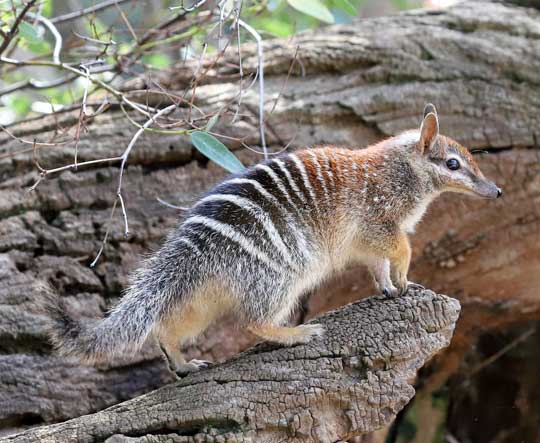
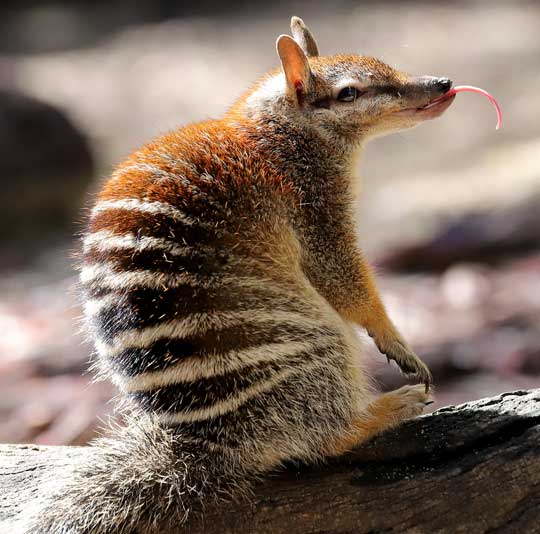
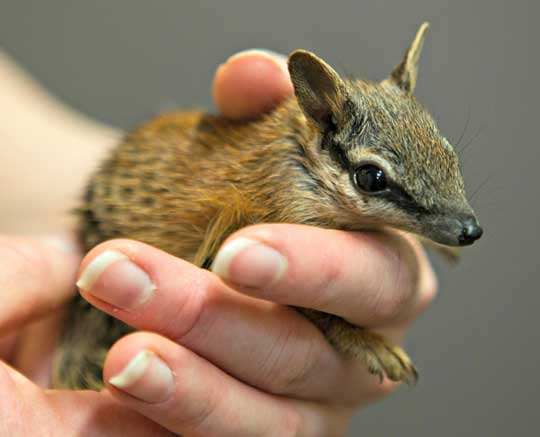
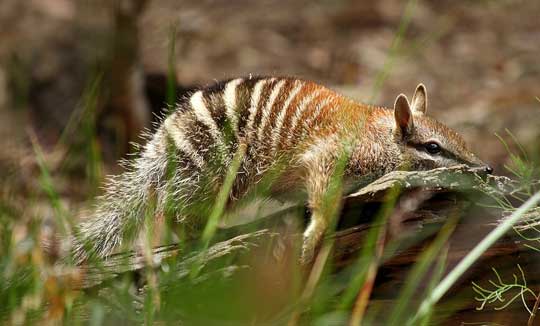

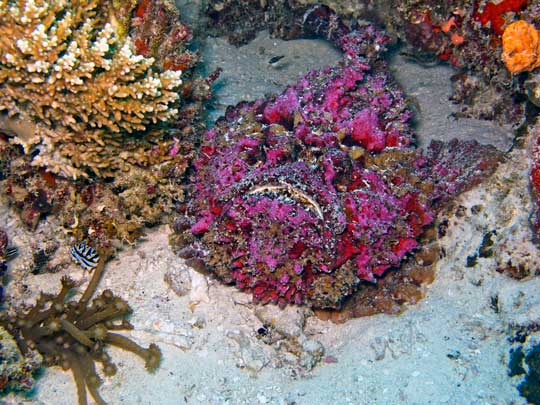


 RSS Feed
RSS Feed